The Vanwall Story, and Another Continuation Programme
Vintage-inspired recreations are also true in the automotive world!
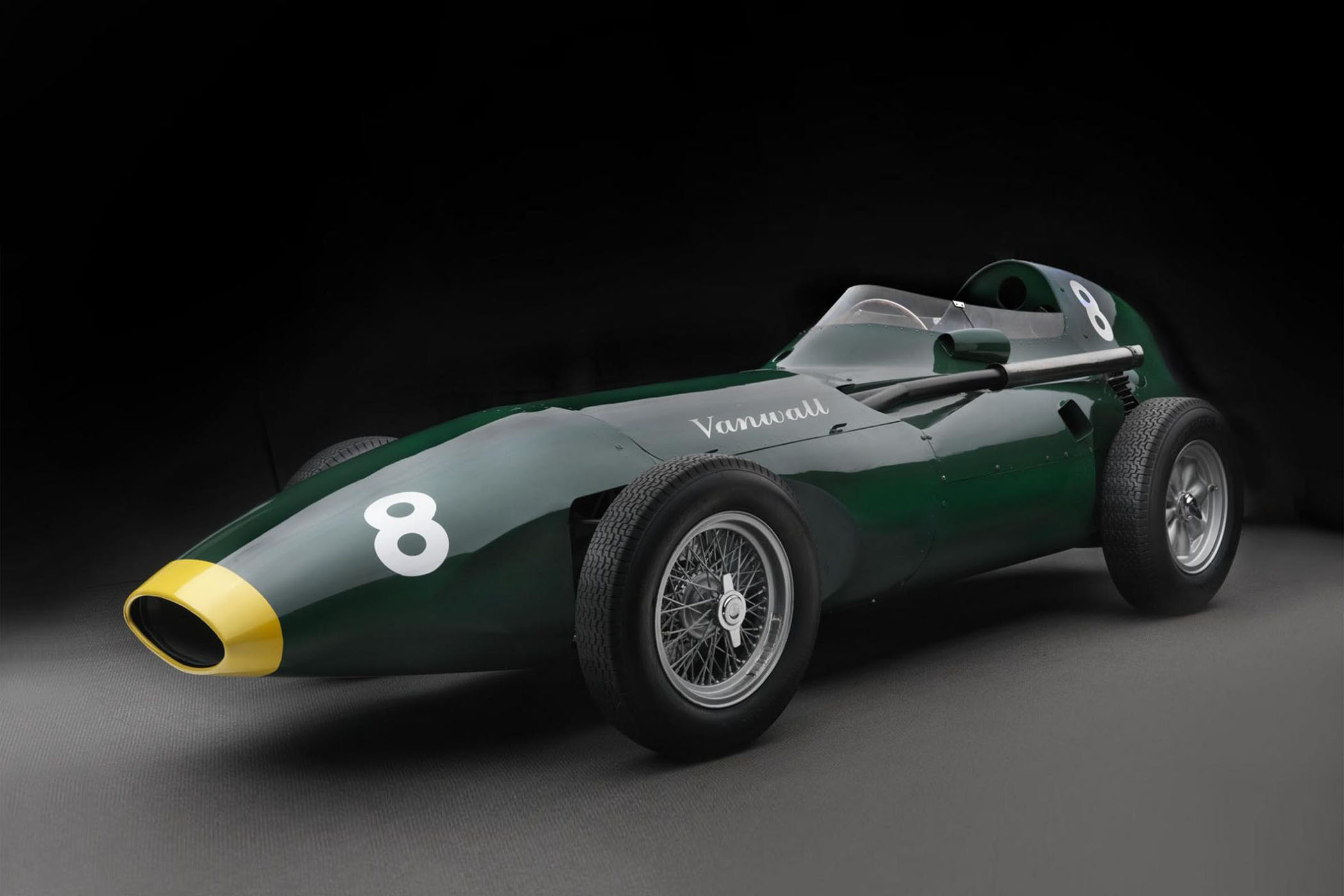
Writing a weekly column on cars to silence our automotive hunger in our Petrolhead Corner shines a light on numerous things. It leads to interesting stories like homologation specials, racing Le Mans unlicensed, world speed records, unique and historic cars and much more. Today we take another look at a continuation programme, in which manufacturers continue to build historic cars from scratch, the old-fashioned way. Hammers shaping sheet metal on wooden bucks instead of precision stamping and robot-guided welding. We dive into the world of Vanwall and its VW5.
We’ve touched on this subject about a year ago and listed some of the more interesting examples of continuation programmes. While they are often regarded as toys for the wealthy, and the chances of seeing one of these very special and very expensive cars on the road are slim, for the petrolheads among us it is quite likely very intriguing. What’s not to get excited about in a faithful recreation of a highly significant car?
Van-what? Vanwall!
Vanwall is not a name that immediately pops up when asked about historic, famous racing constructors, but it played a very important role in automotive history. It is not a defunct-for-years road car manufacturer or coachbuilder, but it was a former racing constructor active in Formula 1 and other open-wheel classes. And no, it doesn’t get an immediate reaction like Ferrari, Williams, McLaren or Lotus. But can you guess, or do you even know perhaps, who won the inaugural Formula 1 Constructor’s Championship? That was the team of Vanwall, all the way back in 1958.
Formula 1 is the spiritual successor to Grand Prix racing, the pre-war top tier racing class. Formula 1 laid out a new set of rules every entry must meet, first derived in 1946, coming out of WWII. Gone were the days of building the craziest thing you could think of, as various technical limitations were agreed upon. Even though the first race under Formula 1 regulations was the 1946 Turin Grand Prix, it took another year to make it into a full-on season. The first-ever World Driver’s Championship wasn’t even an official thing until 1950. The 1950 season consisted of six races in Europe only, with the Indianapolis 500 being a possible seventh to enter. None of the driver’s entered in the European campaign decided to cross the pond to participate in the Indy 500 though. The Italians proved to be the most dominant force during that first season, with Alfa Romeo’s winning all six races and Giuseppe “Nino” Farina being crowned the sport’s first-ever World Driver’s Champion.
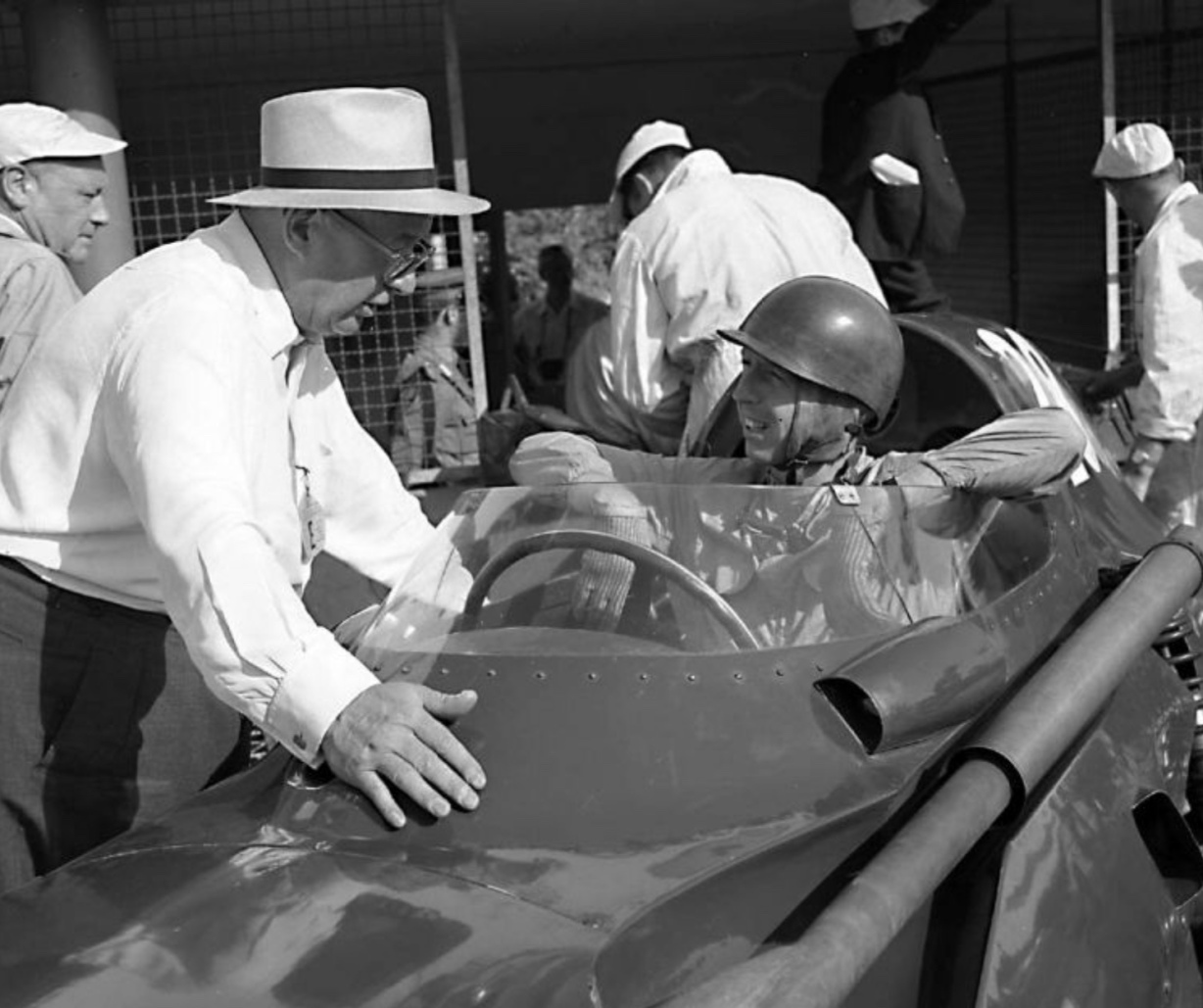
Fast-forward a few years and Vanwall was founded by Tony Vandervell, a former racing driver and businessman producing bearings for the automotive industry in his Vandervell Products factory in Acton, United Kingdom. Before developing Formula 1 cars under their own name, they campaigned ‘modified Ferrari’, renamed Thinwall Specials, in non-championship races. The Vanwall Special was the first car constructed according to Formula 1 regulations and debuted during the 1954 season in an effort to “beat those bloody red cars”. As they had experience racing Ferraris, a new chassis based upon a Thinwall Special car was designed, and built by Cooper. The car was fitted with a 2-litre engine despite regulations allowing an engine capacity of up to 2.5 litres. Technical issues plagued the team for the first two seasons, and a suggestion was made to Terry Vandervell to hire a new designer to work on a new car. Who that was? Well, none other than a young Colin Chapman.

Following those troublesome first years, a new car was developed for the 1956 season: the Vanwall VW2. It was a big change in engineering, now using a spaceframe chassis for instance, and showed promising results when it won the non-championship race held at Silverstone, England with the late great Sir Stirling Moss behind the wheel once.
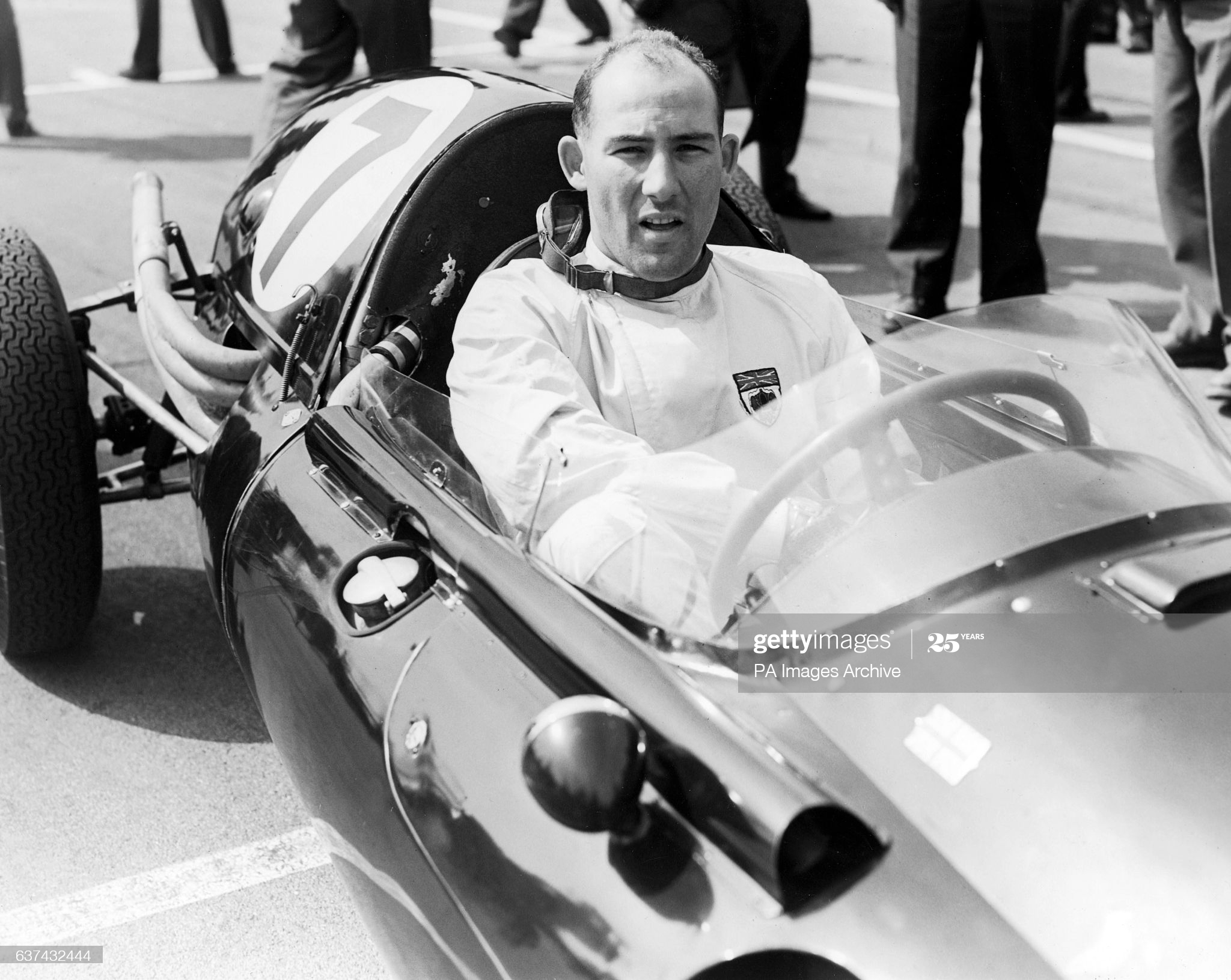
In 1958 the sport’s governing body, the Federation Internationale de l’Automobile (FIA), introduced the Constructor’s Championship. For that year Vanwall continued to race the VW5 they introduced a year before, but with three new, full-time drivers: Stirling Moss, Tony Brooks and Stuart Lewis-Evans. Despite being slightly underpowered compared to the competition, the design of the Vanwall VW5 was advanced enough to overcome that power-deficit. It had superior handling due to better suspension, a 5-speed gearbox, better streamlining and disc brakes all around that all helped it clinch the Constructor’s Championship in 1958. A total of six victories were achieved by their drivers, three for Stirling Moss and three for Tony Brooks. Despite this success, the driver’s title went to Mike Hawthorn in a Ferrari by only a single point over Moss.
The success from that championship-winning 1958 season was sadly, never to be repeated, and due to the deteriorating health of Mr Vandervell, the team retired from racing after 1960. In all their efforts, they’d won nine times out of 28 starts. Not too bad considering the short seasons they had at that time.
Despite a few attempts to resurrect it one way or the other, the Vanwall name was never seen again on a car until 2003. Arthur Wolstenholme, founder of Ronalt Cars, launched the Vanwall Cars company, under license. The aim was to build a recreation of the Vanwall VW5 championship car. Dubbed the Vanwall GPR V12, it was a reinterpretation of the original. The shape and style of the body were the same, but the chassis and engine were a huge way away from the original. The reason for that? It was built as a road-legal, single-seater Grand Prix style car. The underpinnings were from a Jaguar XJS, as was the engine, gearbox and brakes. A huge 6-litre V12 by Jaguar was fitted in the front and rather out-of-place modernities such as mandatory mudguards and indicators were fitted. The car featured in a Top Gear episode covering the history of British Racing Green;
If we fast-forward another few years, Arthur Wolstenholme was joined by Iain Anderson who bought the rights to the Vanwall name in 2013. According to an article on Goodwood Road & Racing, these men were behind a faithful recreation of the Vanwall VW5, this time in the form of a true continuation programme. The new Vanwall V5 Continuation Car was built upon the blueprints of the original. Thus, the cigar-shaped body was a true one-on-one recreation of the original 1958 Grand Prix winning racing car. In that iconic British Racing Green with period-correct interior and all.
Using blueprints of the original car meant there was no room to deviate from it, otherwise it wouldn’t be an accurate recreation. This also meant no Jaguar V12 this time, but a newly built 2.5-litre, 4-cylinder Vanwall engine producing 274bhp would have to be made. The new car didn’t come cheap, as all of these continuation programmes tend to be: GBP 1.6 million for each one. This makes it a toy for the super-wealthy only, but it would be quite something to see one of these at a historic racing event in the future. Not many of the original cars have been built and even fewer are left, mostly residing in museums.
Talking build numbers; no more than six will be built, with only five being offered to buy and the sixth being maintained by the company as part of a Vanwall Historic Racing campaign. The company enlisted to build the cars is Hall & Hall, which specialises in buying, selling, restoring and preserving historic racing cars from all eras and fields of racing for over 40 years. Their website lists a fully restored original 1958 Vanwall VW7, possibly paired with a period-correct Vanwall branded Leyland Tiger racing transporter if you’re interested.
Supposedly there’s even talk of a road car following the six Vanwall V5’s being built as the team behind this continuation programme feel the Vanwall name is too important to only be known for its history. Time will tell how those plans will unfold.
More information on the Vanwall VW5 continuation car is found on Goodwood and Drivetribe.

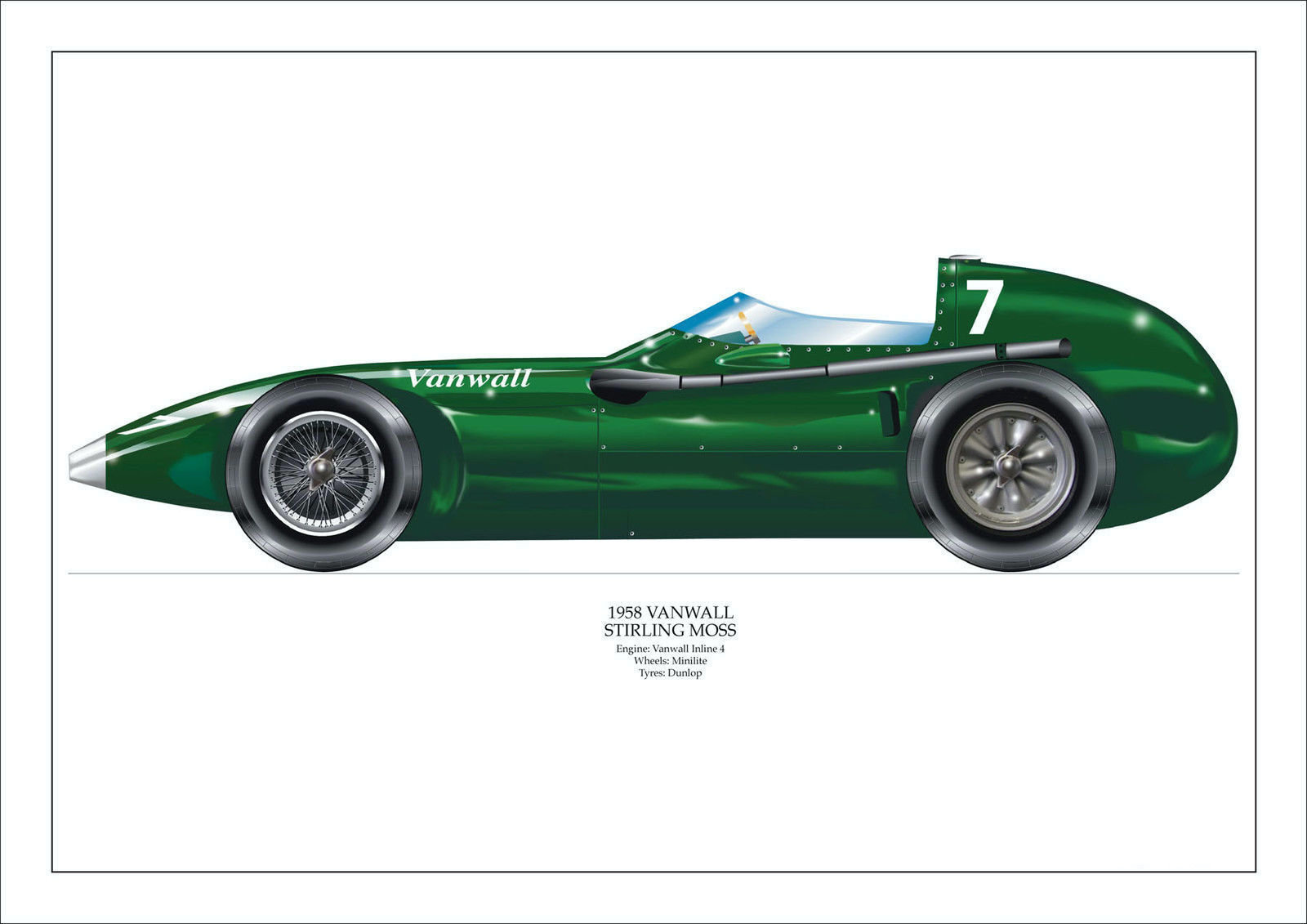
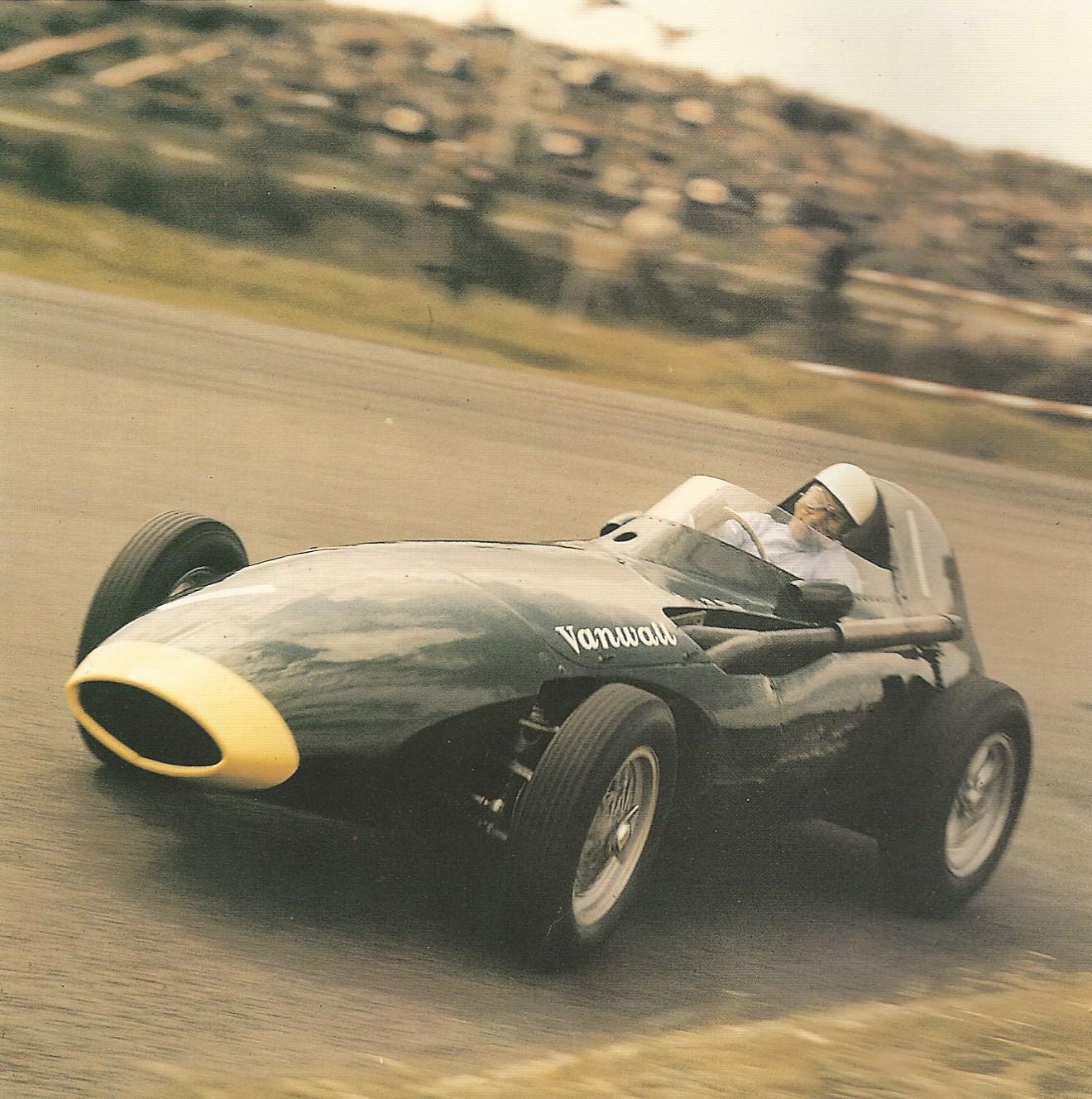


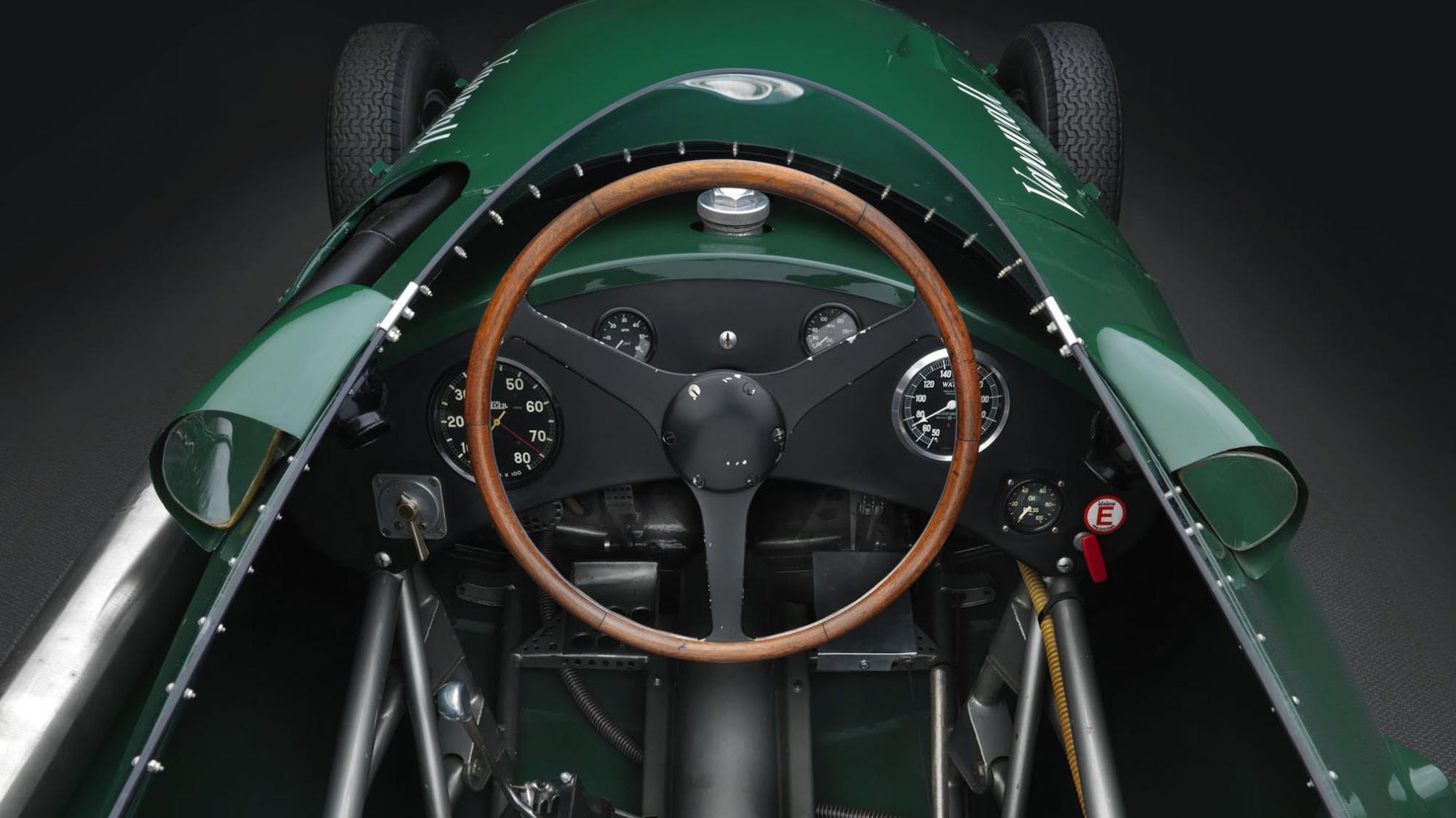
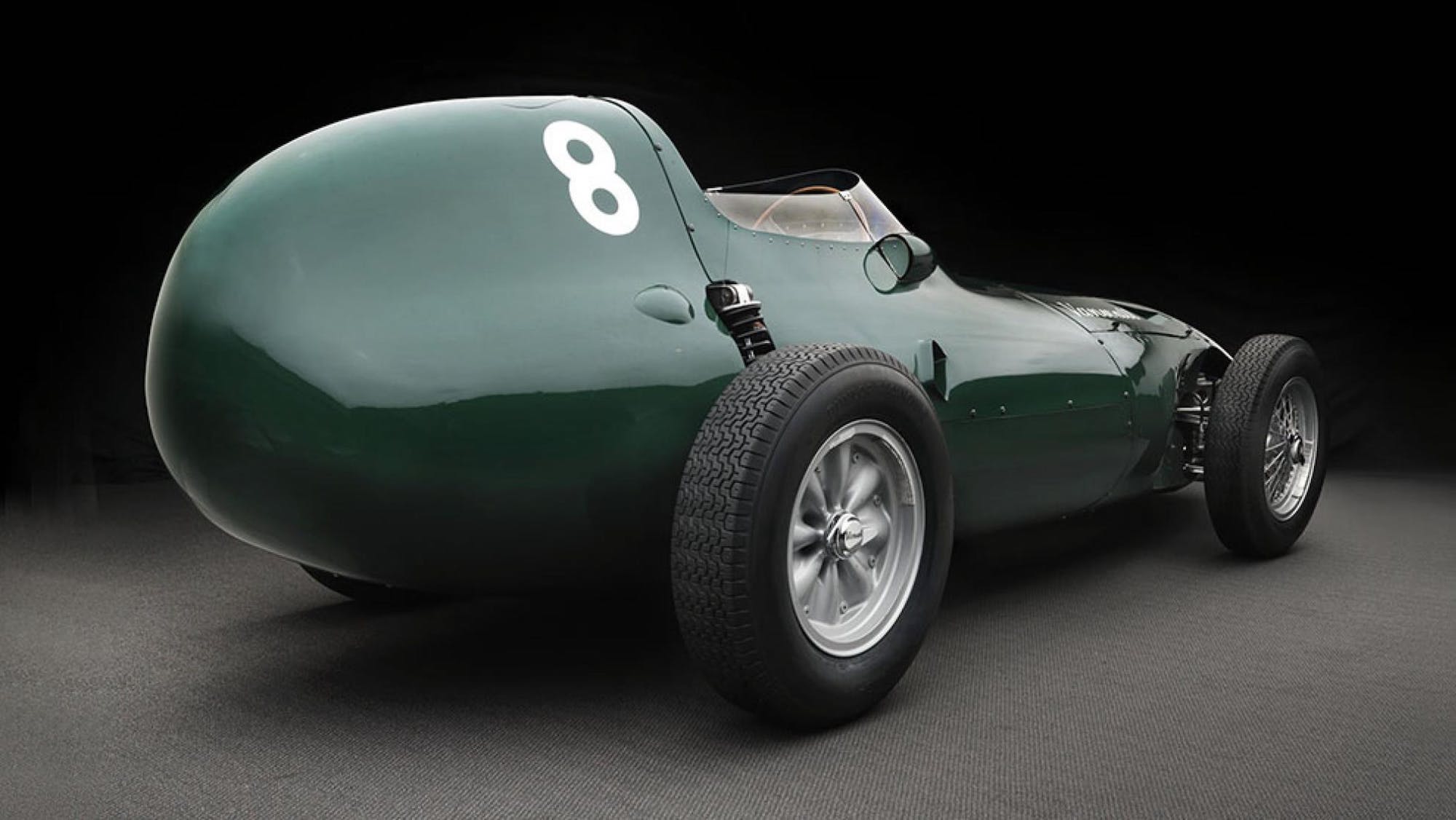
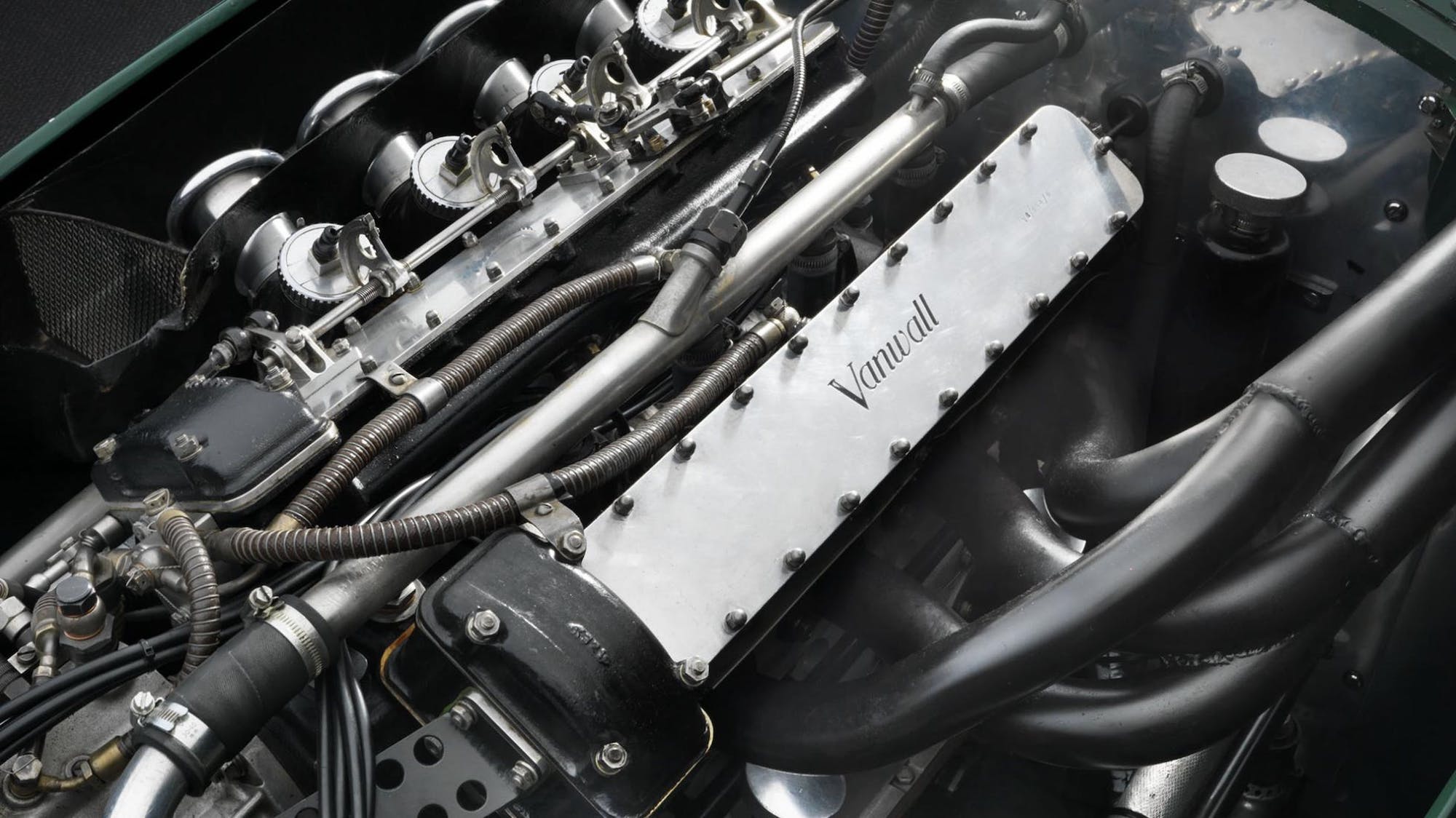



1 response
I remember having a “Dinky” toy Vanwall as small boy, much played with